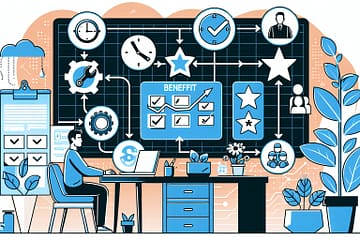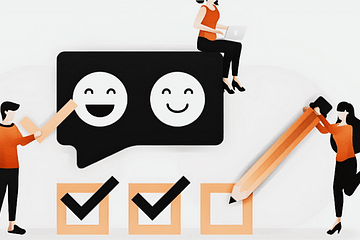Agile product development has come a long way since the Agile Manifesto was first introduced in 2001. With the rapid pace of technological advancements in recent years, the world of product development has been transformed. From cloud computing to machine learning and everything in between, the next generation of technologies has revolutionized how we build products.
So, what are some of the key next-gen technologies and tools that are changing the game of Agile product development? Let’s take a look:
Cloud Computing
Cloud computing has dramatically impacted how teams collaborate and communicate during product development. With cloud-based tools like Google Drive and Dropbox, teams can easily share files, collaborate on documents, and communicate in real time. In addition, cloud-based project management tools like Jira and Asana have also made it easier for teams to manage their workloads and stay on top of deadlines.
Artificial Intelligence (AI)
Artificial intelligence has enabled teams to automate many mundane tasks in product development. For example, AI-powered testing tools like Testim and Applitools can automatically generate test cases and identify bugs, saving teams time and resources. AI-powered chatbots like Tars and Intercom can also automate customer support, allowing team members to focus on more complex tasks. Generative AI is another next-gen technology that has been introduced recently. This type of AI uses neural networks to generate new ideas and solutions based on the input data. For example, OpenAI’s GPT-4 model can generate natural language text, code, and even images based on the prompts.
Virtual and Augmented Reality (VR/AR)
Virtual and augmented reality technologies have opened up new possibilities for product development. With VR/AR tools like Sketchfab and Unity, teams can create interactive product demos and prototypes that allow users to interact with products in a more immersive way. This can help teams to get valuable feedback from users early in the development process, leading to better products.
Low-code Development Platforms
Low-code development platforms like Bubble and OutSystems allow teams to build complex applications requiring minimal coding. This can save teams time and resources, as they can quickly prototype and test new ideas without spending weeks or months writing code. This has been extended to many Low-Code-No-Code ML platforms like AutoML, Lobe, and Levity. Low-code platforms also make it easier for non-technical team members to contribute to the product development process.
Impact
Now that we’ve covered some vital next-gen technologies and tools let’s look at how they benefit people, processes, and products in Agile product development.
People
Next-gen technologies have had a significant impact on the way teams work together. With cloud-based tools and virtual collaboration platforms, teams can work together seamlessly, regardless of location. AI-powered tools have also made it easier for team members to focus on more strategic tasks instead of getting bogged down in mundane and repetitive tasks. Overall, next-gen technologies have helped to make product development a more collaborative and fulfilling experience for team members.
Process
Next-gen technologies have also had a significant impact on the product development process itself. For example, with low-code platforms and AI-powered testing tools, teams can quickly prototype and test new ideas, leading to a more efficient and streamlined development process. Cloud-based project management tools have also made it easier for teams to manage their workloads and stay on top of deadlines. Overall, next-gen technologies have helped to make the product development process more efficient, effective, and streamlined.
Products
Thanks to advancements in AI and machine learning, products can now be designed to be more intuitive, personalized, and adaptive to user needs. For example, AI-powered chatbots can provide personalized recommendations and customer support, while machine learning algorithms can help identify and address product issues in real time.
As products become more innovative, they can provide businesses with valuable insights into customer behavior and preferences. This can help companies refine their product offerings and improve their customer experience. For example, companies can use data gathered from smart products to identify trends in customer behavior, preferences, and usage patterns, which can be used to inform product design and marketing strategies.
Conclusion
As technology advances, businesses must stay up-to-date with the latest trends and innovations in product development to remain competitive and deliver the best possible products to their customers. Next-generation technologies and tools are transforming Agile product development, enabling teams to work more collaboratively, efficiently, and effectively. From cloud computing and low-code development platforms to AI and generative AI, these technologies are helping businesses to create smarter, more intuitive, and more adaptive products that meet the ever-changing needs of their customers.
To stay ahead of the competition, businesses must embrace and incorporate these technologies into their product development processes. By doing so, they can become more agile, innovate faster, and deliver better customer-focused products.


